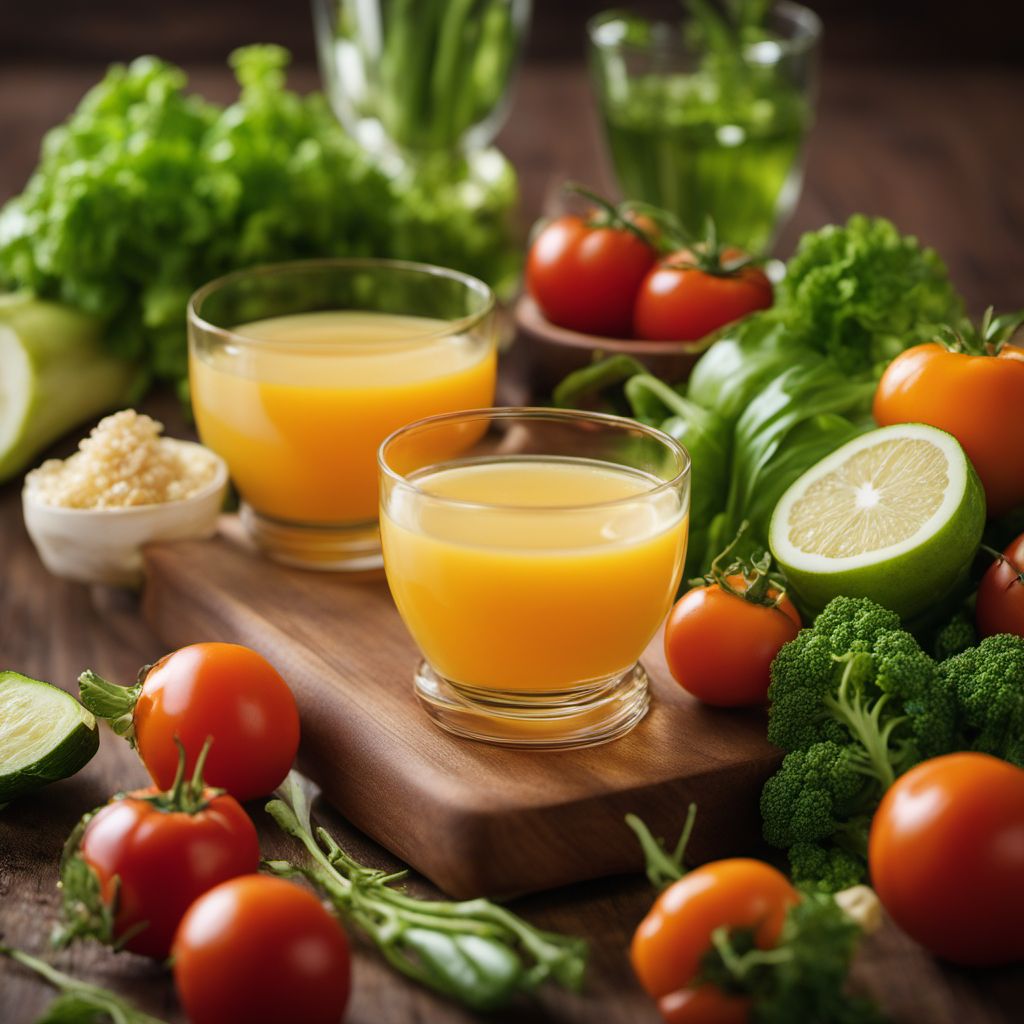
Ingredient
Vegetable juices
Vibrant and Nutrient-packed Vegetable Juices
Vegetable juices are made by extracting the liquid from a combination of fresh vegetables, resulting in a vibrant and nutrient-packed beverage. They can vary in taste, texture, and color depending on the vegetables used, ranging from earthy and savory to sweet and tangy. Vegetable juices are an excellent source of vitamins, minerals, and antioxidants, and can be enjoyed as a standalone drink or used as a base for smoothies or cocktails.
Origins and history
The consumption of vegetable juices dates back centuries, with evidence of their use in ancient civilizations such as the Egyptians and Romans. In modern times, vegetable juices have gained popularity as a convenient way to incorporate a variety of vegetables into the diet, providing a concentrated dose of nutrients.
Nutritional information
Vegetable juices are a rich source of vitamins, minerals, and antioxidants. They are low in calories and fat, making them a healthy choice for those looking to increase their vegetable intake. However, it's important to note that some nutrients, such as fiber, may be reduced during the juicing process.
Allergens
Individuals with allergies to specific vegetables should avoid consuming vegetable juices that contain those ingredients. Additionally, some individuals may experience digestive discomfort if consuming large quantities of vegetable juices due to their high fiber content.
How to select
When selecting vegetable juices, opt for freshly made or cold-pressed varieties that are free from additives or preservatives. Look for juices that are made from organic vegetables to minimize exposure to pesticides. Check the label for the list of ingredients and choose juices that contain a variety of vegetables for a well-rounded nutrient profile.
Storage recommendations
To maintain the freshness and quality of vegetable juices, store them in airtight containers in the refrigerator. Consume them within 48 hours to ensure maximum flavor and nutritional benefits.
How to produce
Vegetable juices can be produced at home using a juicer or blender. Simply wash and chop the vegetables, then blend or juice them until smooth. Strain the juice if desired, and enjoy immediately or store in the refrigerator for up to 48 hours.
Preparation tips
Vegetable juices can be consumed as a standalone beverage, used as a base for smoothies or cocktails, or incorporated into various recipes such as soups, sauces, or dressings. They can also be used as a natural food coloring or flavoring agent in baking or cooking.
Culinary uses
Vegetable juices are commonly used in detox or cleansing programs, as they provide a concentrated source of nutrients. They are also popular among health-conscious individuals who want to increase their vegetable intake or add variety to their beverages. Vegetable juices are often found in health food stores, juice bars, and supermarkets.
More ingredients from this category

Juice, cucumber
The Refreshing Elixir: Cucumber Juice
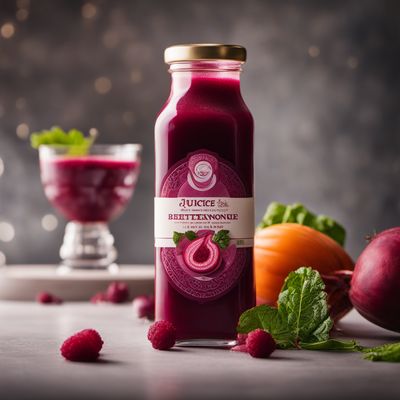
Juice, beetroot
The Vibrant Elixir

Juice, celery
"The Green Elixir: Unleashing the Power of Celery Juice"

Juice, carrot
The Golden Elixir: Carrot Juice
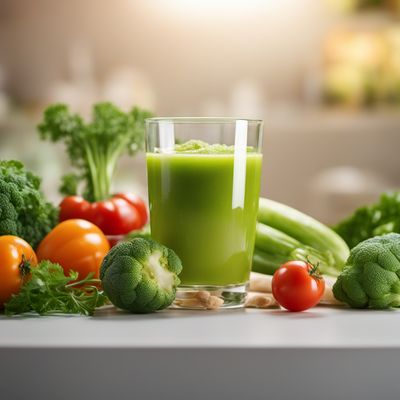
Mixed vegetable juice
The Nutrient-Packed Elixir

Juice, turnip
"The Nutrient-Packed Elixir: Unleashing the Power of Turnip Juice"
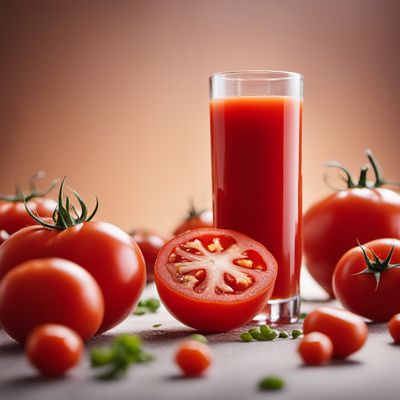
Juice, tomato
The Tangy Elixir

Juice, white cabbage
Cabbage Elixir
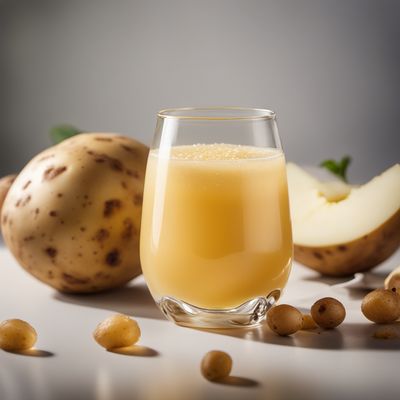
Juice, potato
The Versatile Elixir: Unleashing the Power of Potato Juice